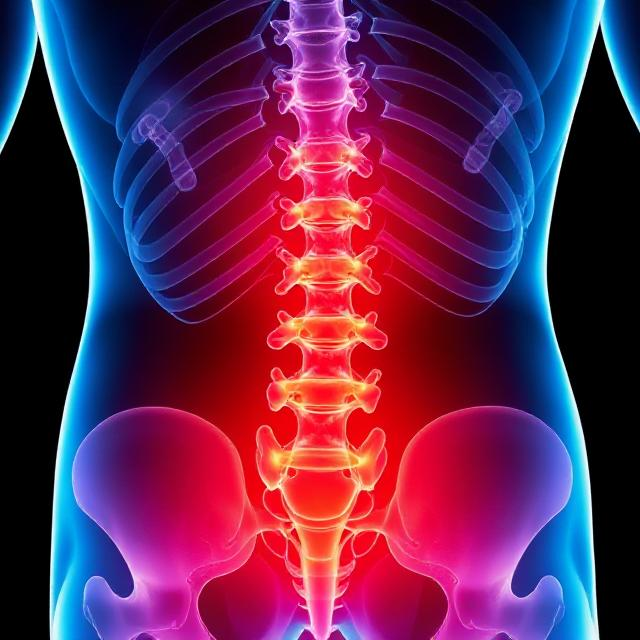Understanding Extruded Disc Treatment: Pathophysiology, Treatment Options, and the Role of Chiropractic Care


Extruded discs, also known as herniated or slipped discs, occur when the soft inner core of a spinal disc protrudes through the outer layer. This condition can cause pain, discomfort, and nerve compression. Understanding the pathophysiology, treatment options, and natural history of extruded discs is essential for making informed decisions about appropriate care. This article delves into the scientific explanations of extruded disc treatment, emphasizing the benefits of chiropractic care as a non-surgical alternative to address this condition.
Pathophysiology of Extruded Discs
Extruded discs typically result from a misaligned bone a.k.a subluxation from 3 common causes which is trauma, bad lifting technique and repetitive motion for an extended period of time. If left untreated, it will eventually lead to degenerative changes to the vertebrae and discs, making it susceptible to extruded discs. The inner gel-like material of the disc, called the nucleus pulposus, can herniate through a weakened or damaged outer layer, known as the annulus fibrosus. This herniation, which commonly comes with inflammation can lead to nerve compression, nerve irritation, and pain. The affected nerves may cause radiating pain, numbness, tingling, or weakness and many other symptoms in the corresponding areas of the body.
Treatment Options for Extruded Discs
1. Conservative Management: Conservative approaches are typically the first line of treatment for extruded discs. These may include pain chiropractic care, physiotherapy, exercises, and lifestyle modifications and medication. Chiropractic care plays a significant role in conservative management, as it focuses on restoring spinal alignment, reducing inflammation, and promoting natural healing.
2. Surgical Intervention: In severe cases or when conservative treatments is not sufficient, surgery may be considered. Surgical options include discectomy, microdiscectomy, or spinal fusion. Surgery aims to remove the extruded disc material, decompress nerves, and stabilize the spine. However, surgery carries inherent risks and should be considered as a last resort.
The Benefits of Chiropractic Care for Extruded Discs
Chiropractic care offers several benefits for individuals with extruded discs
1. Non-Invasive Approach: Chiropractic adjustments provide a non-invasive treatment option, avoiding the risks associated with surgery. Chiropractors use gentle and targeted spinal adjustment to relieve pressure on the affected disc, reduce nerve irritation, and promote natural healing.
2. Pain Relief and Functional Improvement: Chiropractic adjustments have been shown to alleviate pain, improve function, and enhance quality of life for individuals with extruded discs. By restoring proper spinal alignment, chiropractic care helps reduce inflammation, improve nerve function, and facilitate the body's natural healing processes.
3. Individualized Treatment: Chiropractors tailor treatment plans to each patient's specific needs, considering their unique condition, medical history, and lifestyle. This personalized approach ensures a comprehensive and holistic approach to healing and recovery.
Risks of Surgery and the Importance of Considering it as a Last Option
Surgery for extruded discs carries potential risks, including infection, bleeding, nerve damage, and complications from anesthesia. Additionally, recovery from surgery may involve a lengthy rehabilitation process and potential limitations on physical activities. Therefore, surgery should be considered as a final option when conservative treatments, including chiropractic care, have been thoroughly explored and exhausted.
Conclusion
Extruded disc treatment requires a comprehensive understanding of the condition's pathophysiology, available treatment options, and associated risks. While surgical intervention is sometimes necessary, it should be considered as a last resort. Chiropractic care offers a non-invasive and a much more effective alternative for managing extruded discs, providing pain relief, improving function, and supporting natural healing. By working with a qualified chiropractor, individuals with extruded discs can benefit from personalized treatment plans that address their specific needs, enhancing their overall well-being and quality of life.



